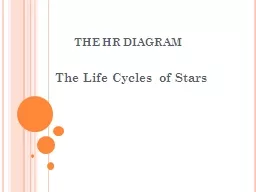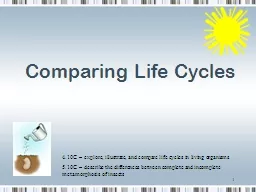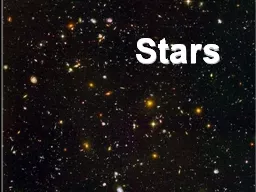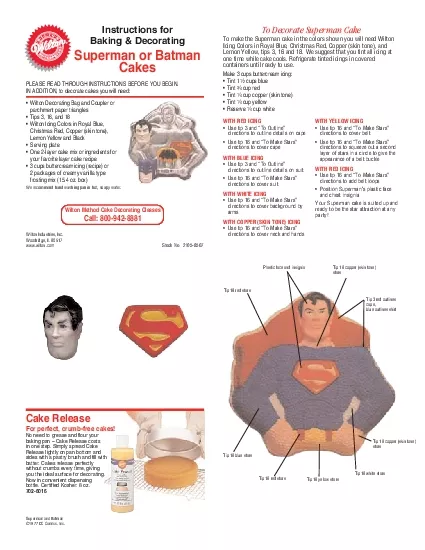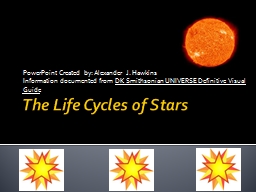PPT-THE HR DIAGRAM The Life Cycles of Stars
Author : blondield | Published Date : 2020-06-22
HRDiagram What is it Stands for the Hertzsprung Russell Diagram Graphs surface temperature color vs Absolute Brightness Luminosity Horizontal Axis Surface TempColor
Presentation Embed Code
Download Presentation
Download Presentation The PPT/PDF document "THE HR DIAGRAM The Life Cycles of Stars" is the property of its rightful owner. Permission is granted to download and print the materials on this website for personal, non-commercial use only, and to display it on your personal computer provided you do not modify the materials and that you retain all copyright notices contained in the materials. By downloading content from our website, you accept the terms of this agreement.
THE HR DIAGRAM The Life Cycles of Stars: Transcript
Download Rules Of Document
"THE HR DIAGRAM The Life Cycles of Stars"The content belongs to its owner. You may download and print it for personal use, without modification, and keep all copyright notices. By downloading, you agree to these terms.
Related Documents

